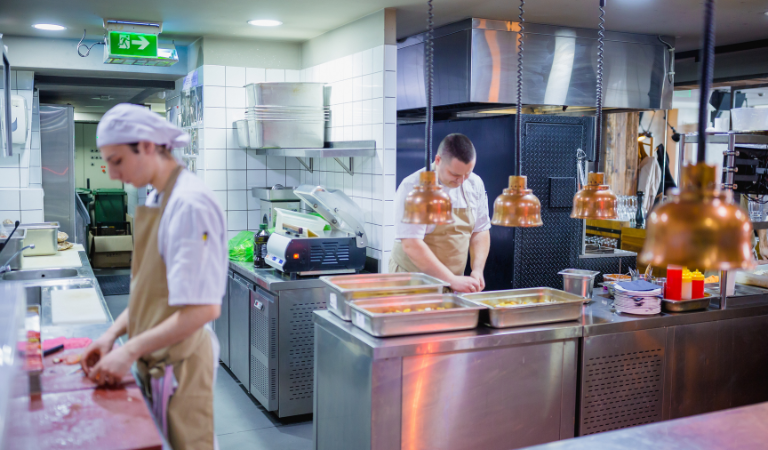The food industry is one characterized by continuous evolution. Amidst fluctuating markets, one constant requirement is the need for businesses to optimize operating costs. While traditional cost-cutting methods hold value, it's essential to also explore creative and strategic approaches that can yield significant savings. Here, we dive into ten transformative strategies that can help food businesses reduce expenses and bolster their profit margins.

1. Strengthen Local Alliances
One way to cut costs is by forging strategic partnerships with local farmers, suppliers, and producers. By doing so, food businesses can tap into a steady supply of high-quality ingredients at fair prices. Joint marketing campaigns or resource-sharing with nearby establishments can also help reduce costs and cultivate a sense of community that sets your business apart from others.

2. The Power of Vertical Integration
Vertical integration - taking control of different stages of the supply chain - can reduce dependency on external suppliers and eliminate unnecessary middleman costs. This could be as simple as a restaurant growing its own produce or directly partnering with local farmers.
3. Motivate Your Staff
Happy employees equal productive employees. Implementing staff incentive programs can boost efficiency, reduce turnover, and ultimately cut operational costs. Bonus schemes, recognition programs, or career advancement opportunities can incentivize employees to deliver their best.
4. Switch to Alternative Energy
Alternative energy sources like solar power, wind turbines, or biomass systems can lead to considerable long-term savings and reflect positively on the business’s commitment to sustainability. While the initial investment may be substantial, the long-term reductions in utility bills and potential tax incentives can outweigh the upfront costs.
5. Master the Art of Menu Engineering
Menu engineering involves analyzing sales data to identify top-performing and high-margin items and design menus strategically to maximize profitability and minimize waste. By optimizing your menu, you can reduce food waste, optimize ingredient usage, and increase profitability.
6. Tap into Social Media Influencers
Social media influencers can be a cost-effective tool for increasing brand awareness and attracting new customers. Collaborating with influencers who align with your brand can deliver excellent ROI compared to traditional advertising methods.
7. Optimize Packaging and Portions
Eco-friendly packaging options and portion control can help reduce waste, enhance customer satisfaction, and lower expenses. Consider using sustainable cutlery and plates and ensuring portion sizes are appropriate to prevent food waste.
8. Harness Data Analytics
Data analytics can provide invaluable insights into consumer behavior, sales trends, and operational efficiency. Use this data to identify areas of inefficiency and make data-driven decisions to optimize operations.
9. Automate and Go Remote
Embracing automation and remote work can lead to significant cost savings. Automating tasks like inventory management and payroll processing, along with allowing employees to work remotely, can reduce overhead costs while improving efficiency and employee satisfaction.

10. Embrace Crowdsourcing and Shared Kitchens
Crowdsourcing platforms and shared kitchens offer cost-effective solutions for food businesses looking to expand or trial new concepts. These methods can help businesses to reduce operating costs while fostering creativity and community among entrepreneurs.
Final Thoughts
In the dynamic food industry, unconventional cost-cutting strategies can provide a competitive edge. By leveraging these unique approaches - from local partnerships and vertical integration to harnessing data analytics and implementing automation - food businesses can navigate the market challenges while keeping their bottom line healthy and sustainable.




